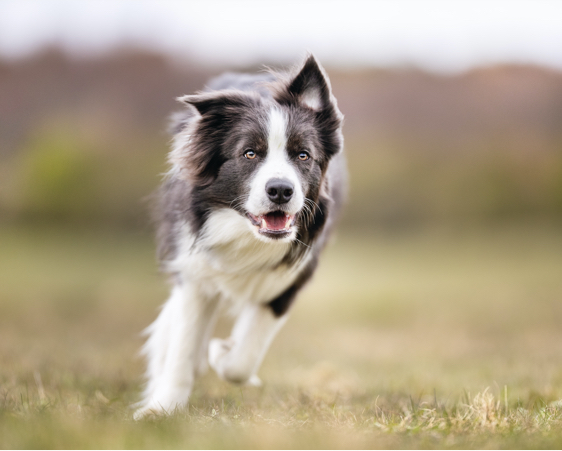You know it’s good for you. You know that exercise can give you energy, help you maintain a healthy weight, keep your muscles and joints flexible, help you live longer, and above all, make you feel better. For all the same reasons, your pets need to get up and get moving. Not only can exercise extend your furry friends’ lives; it may also expend some of their nervous energy and make them a little less likely to chew on the living room drapes.
The thing is, nobody’s filled pets in on all of these benefits of exercise. Without someone to lead the way, they’re not going to run laps or do leg lifts in their spare time. So as a wonderful pet parent, part of your job is ensuring your animal family members get safe, enjoyable exercise on a regular basis–whether they’re cats, dogs, turtles, or ferrets! All pets need some physical activity to live a happy, healthy life.
Different pets need different amounts of exercise, so you’ll want to talk to your veterinarian before starting your pet’s workout program. With your veterinarian’s approval, you can embark on an exercise program that won’t seem like work at all–to your pet, it’s play.
Dogs on the run
Dogs can be great fun to exercise, because they can get you out and moving yourself. You don’t want to hit the ground running with your pooch, though. Just as with any animal–or person–you’ll want a doctor’s okay before you start your dog’s fitness routine. “Begin with a visit to the veterinarian to discuss your plans and ensure your dog has a clean bill of health,” says Dr. Jay Geasling, member and past president of the American Animal Hospital Association. “After your veterinarian gives you the go-ahead, start your dog on suitable exercise for beginners.”
Just like people who aren’t used to exercise, dogs should start off slow. Moderately paced walking and swimming are a good way to start–they let canine athletes build their cardiovascular and muscle strength without putting undue stress on their joints. A daily ten- to 15-minute walking or swimming session is a good start; you can build to an hour a day if Rover seems up to it. If, after a few months, he’s doing well and can handle long, fast walks without fatigue, he can graduate to jogging with you. Once he’s adapted to the exercise, you and your dog can run and walk to your heart’s content, if you take a few precautions:

